Many cat owners have found themselves intrigued by their furry companions’ behavior, often wondering how cats perceive them. A common question that arises is whether cats see humans as larger, unusual-looking cats. In this article, we’ll explore feline perception and investigate whether cats view us as overgrown members of their own species or something else entirely.
The Basics of Feline Vision
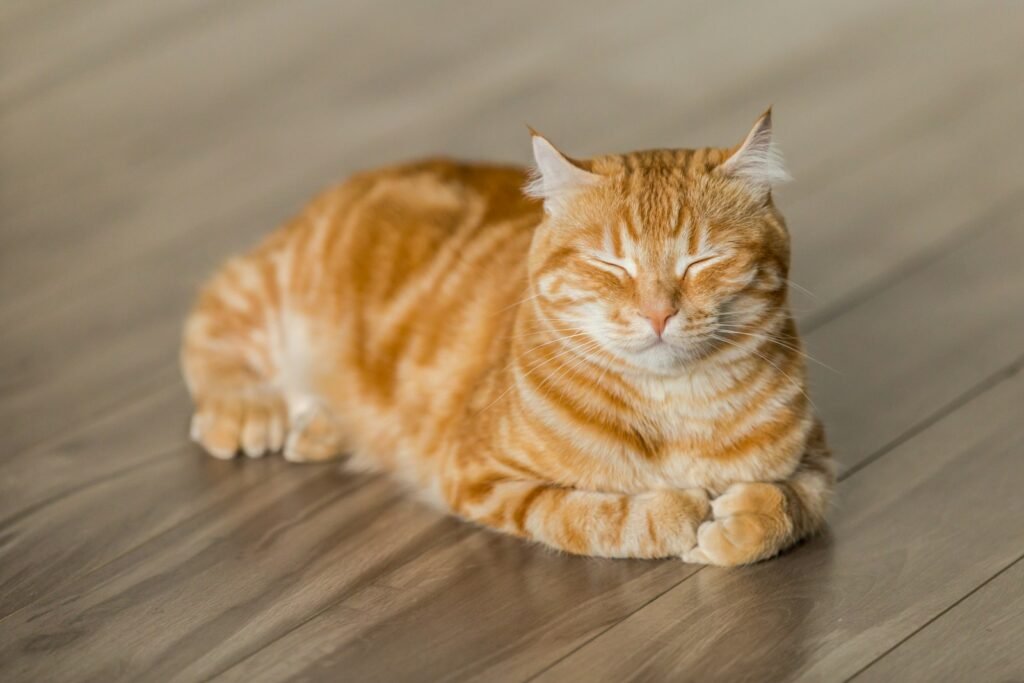
Cats, like many animals, perceive the world differently than humans. Their vision is particularly adapted for hunting, enabling them to detect motion and see well in low-light conditions. However, understanding how cats’ vision works is crucial to understanding how they perceive other creatures, including humans.
How Cats Recognize Humans
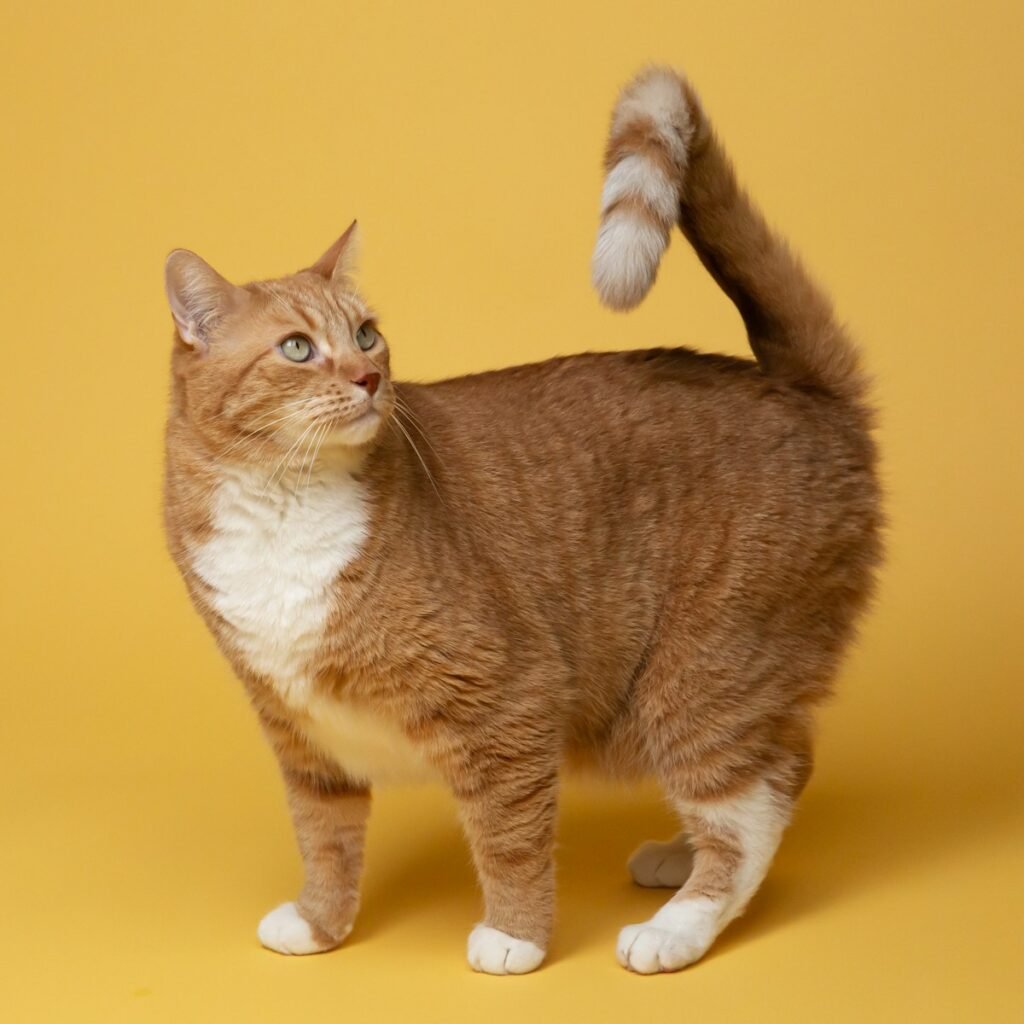
Cats primarily identify objects and creatures through visual, olfactory, and auditory cues. While their vision plays a part, scent and sound are equally important in recognizing familiar people. Cats usually recognize their owners by a combination of visual and sensory markers, not solely by sight.
Do Cats Identify Humans as Cats?
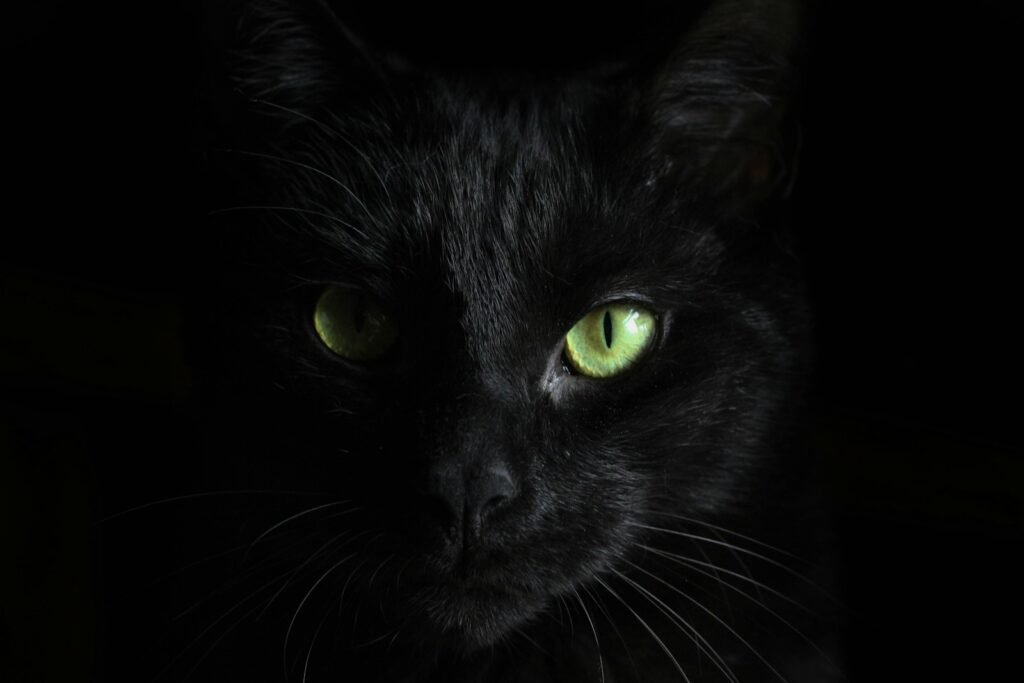
While cats use their senses to recognize humans, they do not necessarily identify us as larger cats. Cats are unlikely to mistake a human due to our significant size difference and unique form. Rather, cats understand that humans are distinct entities that are part of their environment.
The Concept of Socialization in Cats

Socialization plays a critical role in how cats interact with humans. Cats raised in environments where they are frequently handled by people generally view humans as social partners, not as members of the same species. Domestication has shaped cats’ interactions with people more than their instincts would suggest.
Human-Cat Communication
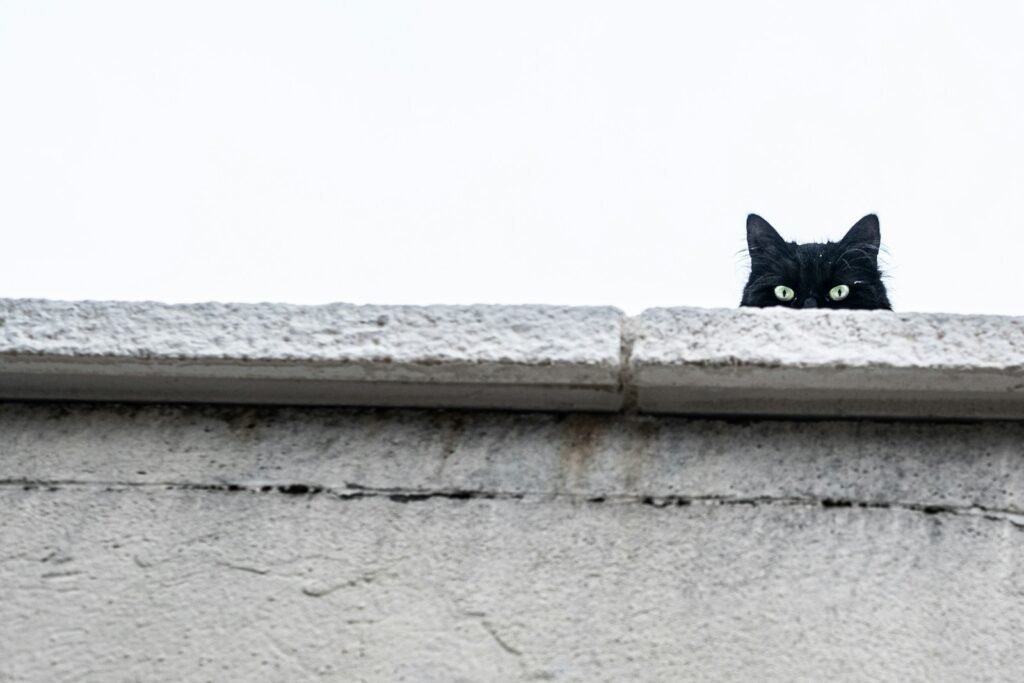
Humans communicate with cats using verbal and nonverbal cues, while cats predominantly rely on body language and sounds such as meows and purrs. While cats may respond to certain vocal commands, they primarily view these sounds as signals rather than speech from a fellow feline.
Behavioral Bonds Between Cats and Humans

Cats often form strong bonds with their human companions. These relationships are based on mutual benefits, such as feeding, grooming, and companionship. This level of interaction does not equate to cats perceiving humans as cats but rather valuing them as significant entities in their lives.
Comparative Analysis: Cats with Other Animals
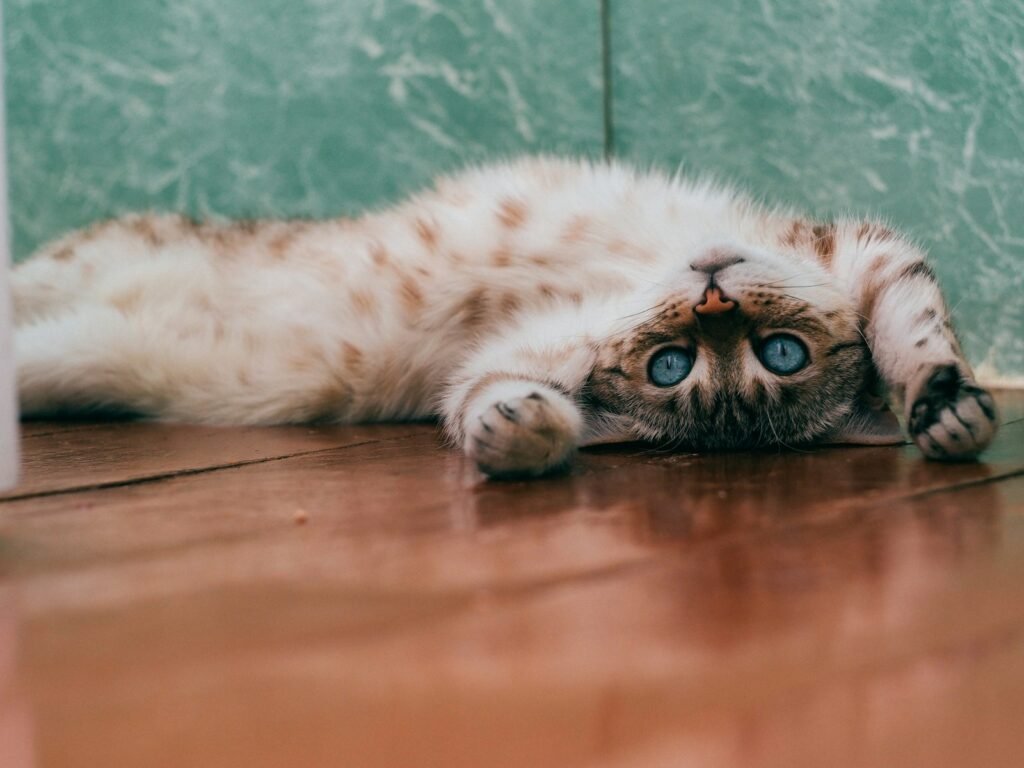
Just as cats do not perceive humans as other members of their species, they generally do not regard other domestic animals as cats either. Pet cats often interact with dogs and other animals based on individual socialization experiences rather than misidentification.
Instinctual and Domestic Behaviors
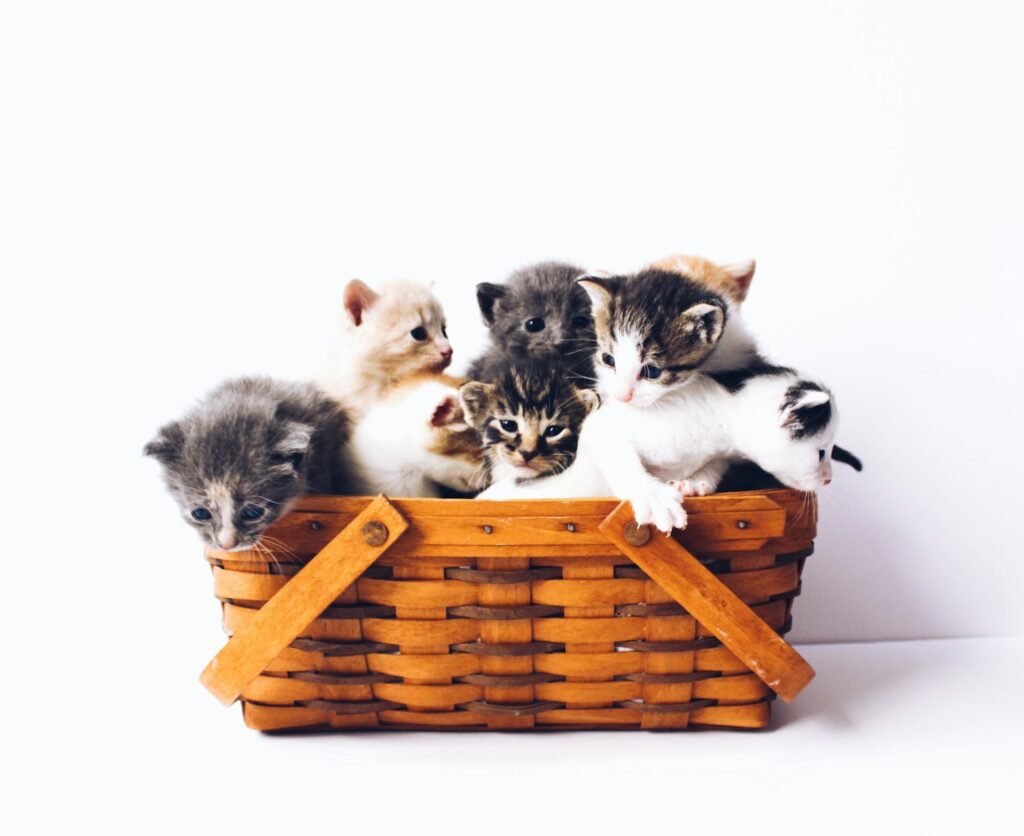
Despite domestication, many of a cat’s behaviors are instinctual. These instincts shape how cats perceive and interact with the world. For instance, their behavior towards humans often includes instinctual actions like kneading, which emulates nursing, but this does not mean they see us as feline mothers.
The Role of Human Care in Feline Perception
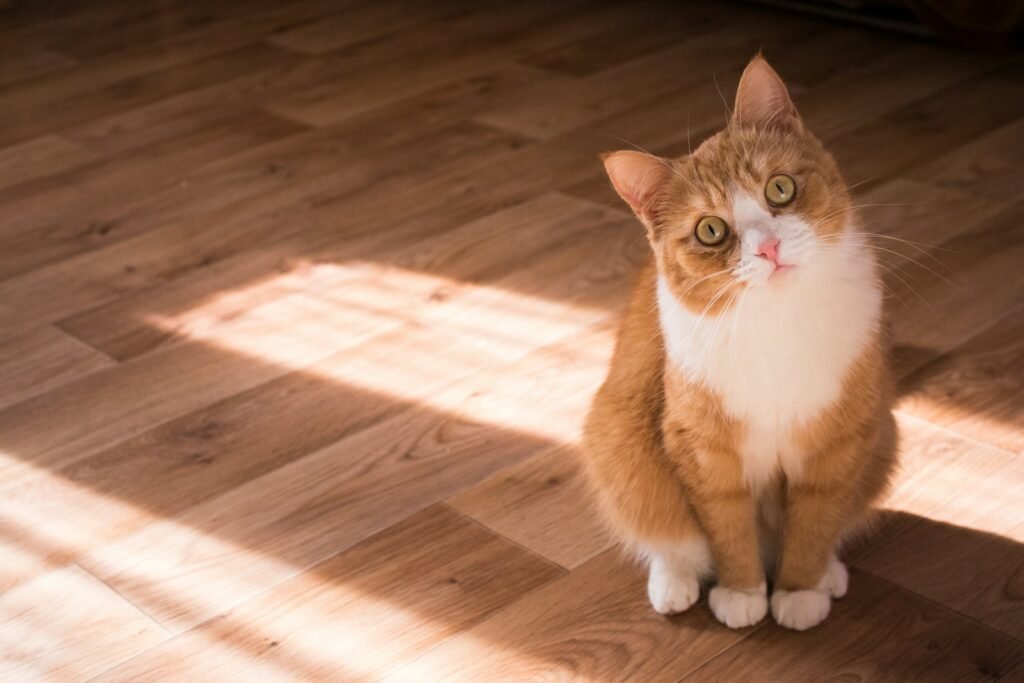
Humans often play roles analogous to a provider or a caregiver, which significantly affects a cat’s perception. Cats may even see their owners as parent-like figures. This relationship is based on dependence for resources and security rather than species misidentification.
Conclusion: A Unique Human-Feline Relationship

While there are many nuances to how cats perceive humans, it is clear they do not see us as larger cats. Instead, they recognize humans as unique beings who play specific roles in their lives. The human-feline relationship is therefore less about mistaken identity and more about developing meaningful social bonds.
Hi, I’m Bola, a passionate writer and creative strategist with a knack for crafting compelling content that educates, inspires, and connects. Over the years, I’ve honed my skills across various writing fields, including content creation, copywriting, online course development, and video scriptwriting.
When I’m not at my desk, you’ll find me exploring new ideas, reading books, or brainstorming creative ways to solve challenges. I believe that words have the power to transform, and I’m here to help you leverage that power for success.
Thanks for stopping by, Keep coming to this website to checkout new articles form me. You’d always love it!






